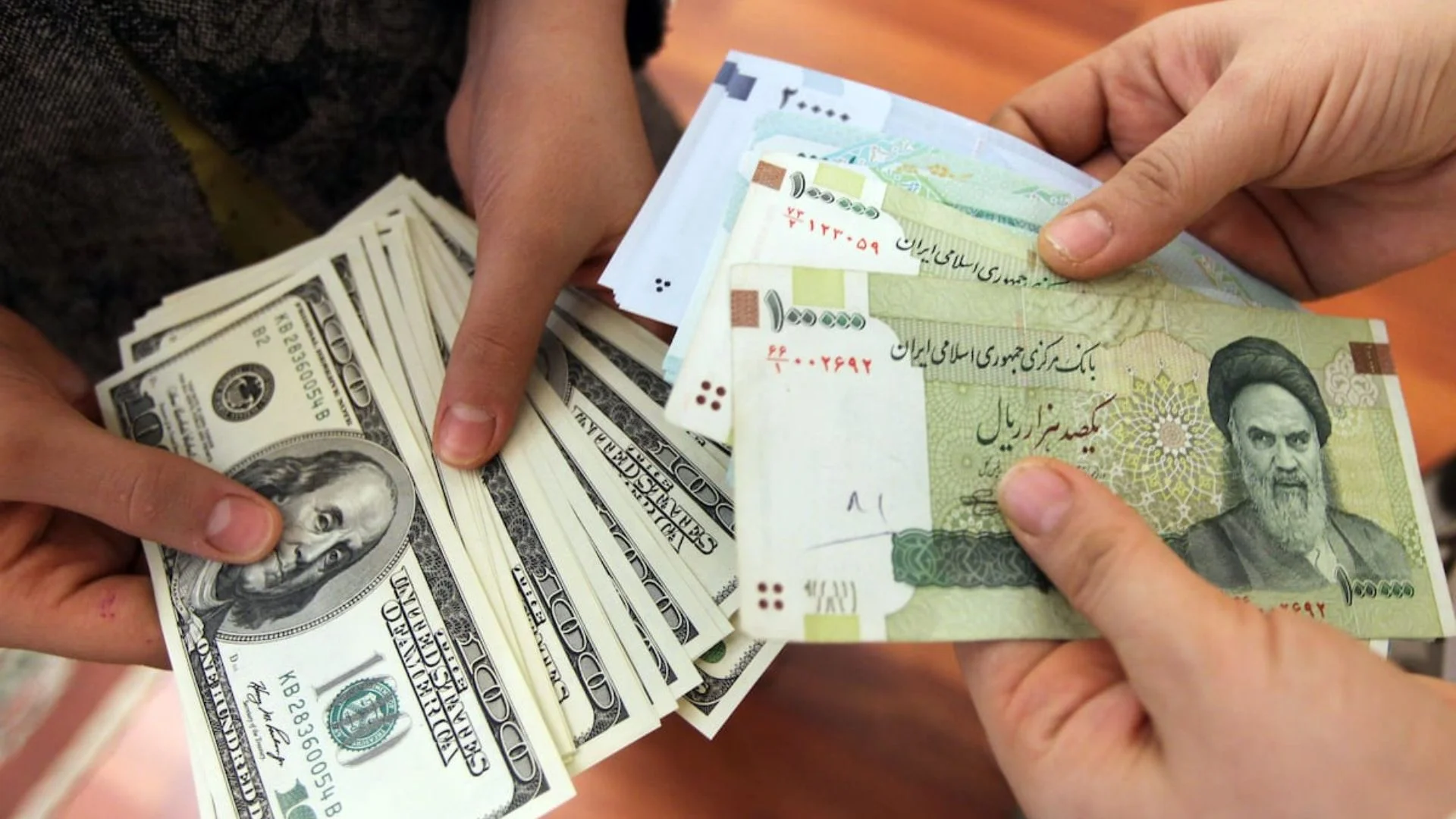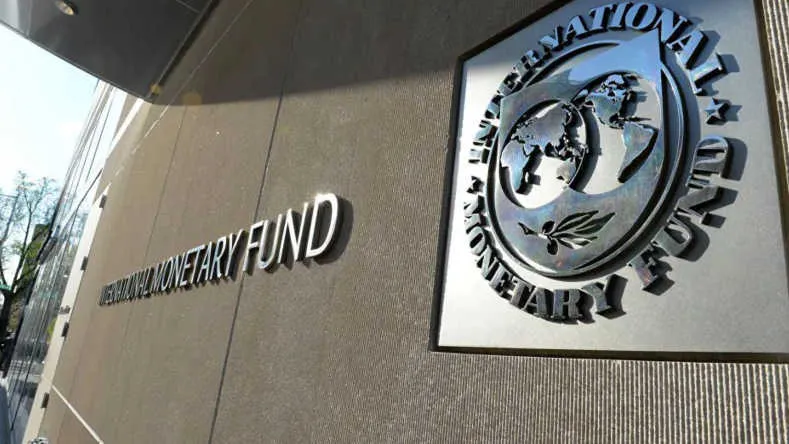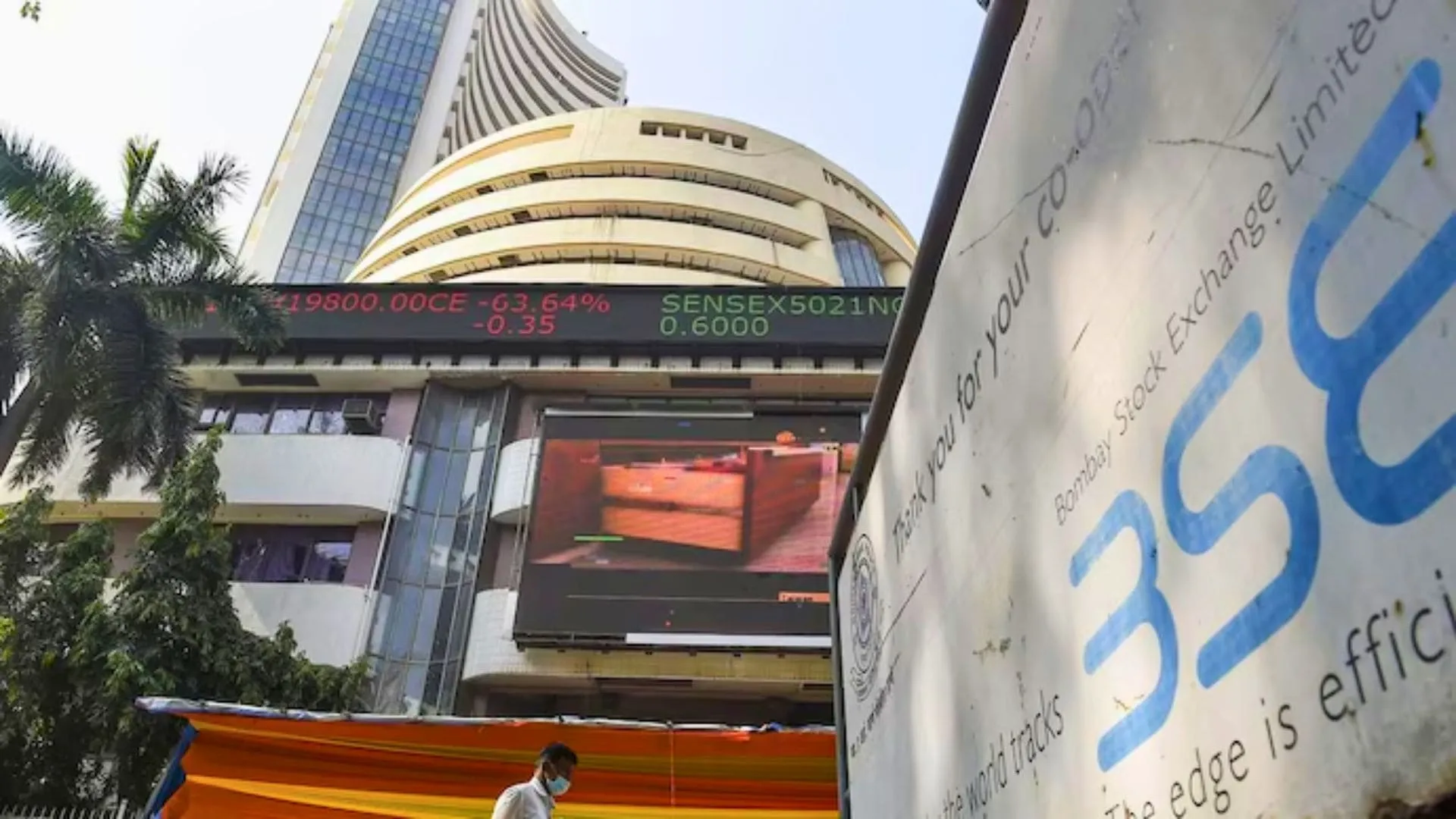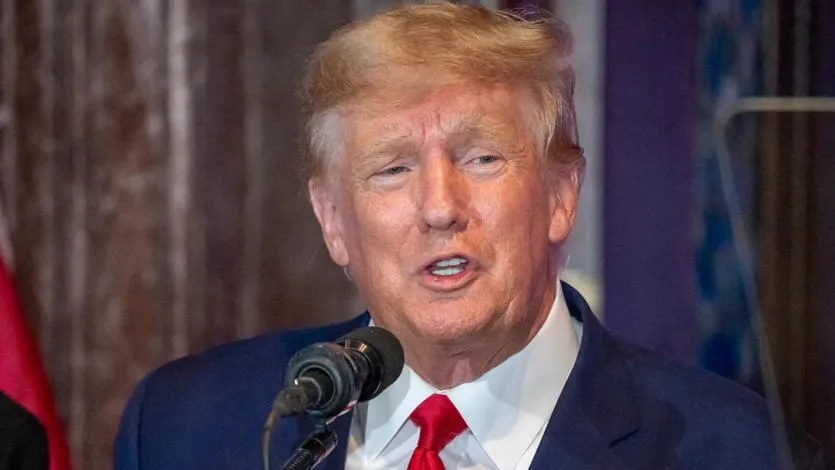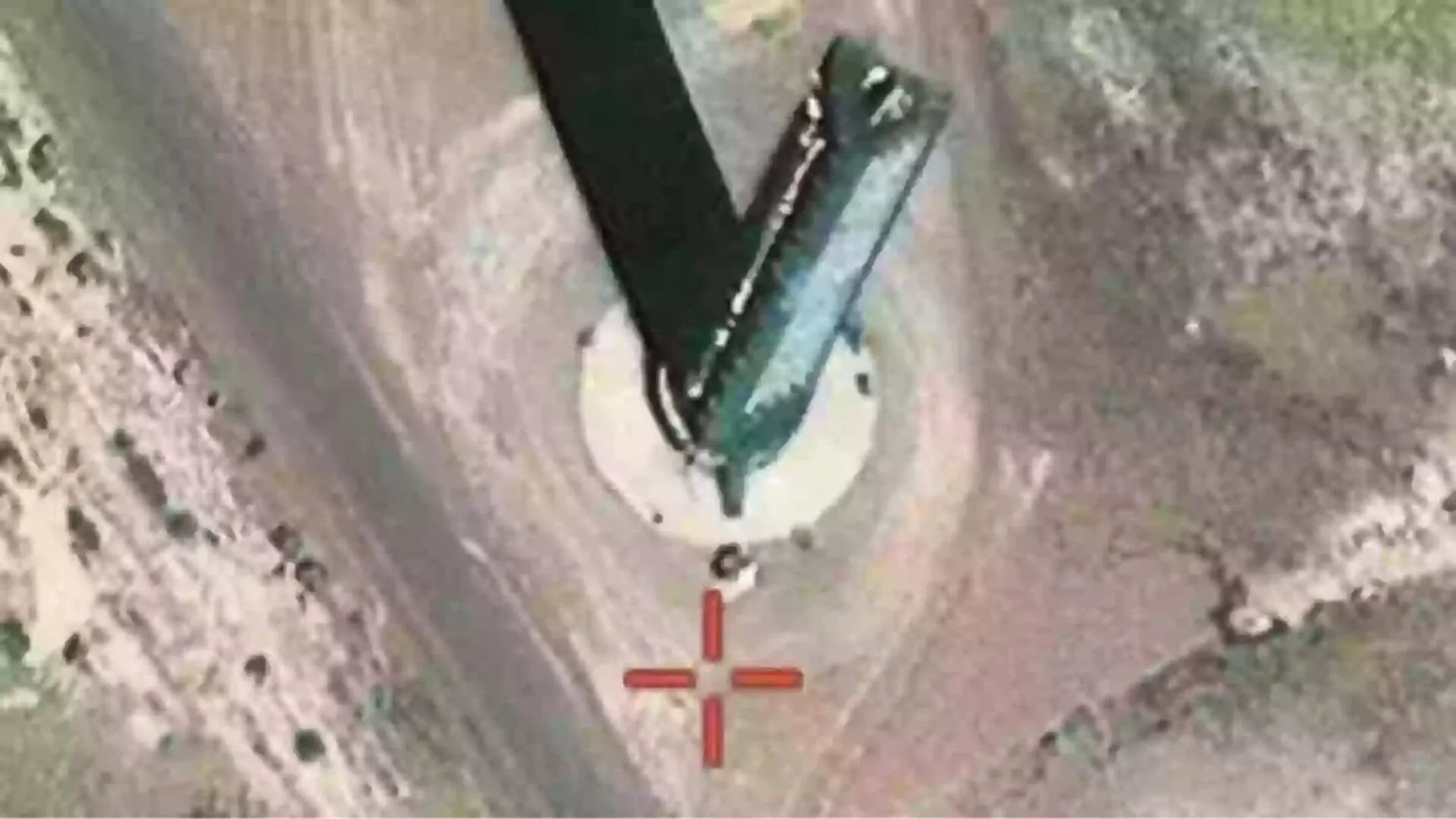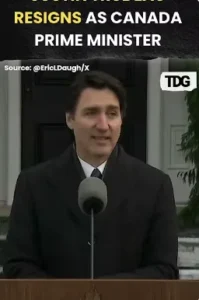Iran’s domestic currency, the rial, dropped to an all-time low on Saturday at 1,043,000 against the US dollar after the Persian New Year holidays. The latest devaluation is consistent with rising economic uncertainty following increased tensions with the United States and internal unrest.
During the Nowruz celebration, restricted trade and closing of official exchange centers resulted in street trading on an informal basis, pushing the rial to more than 1 million per dollar. With the return to business, the rate fell even lower, and some traders in Tehran’s Ferdowsi Street the nation’s currency exchange center switched off electronic rate boards for being too volatile.
US Sanctions Deepen Economic Woes
The rial’s fall has been compounded by new US sanctions in President Donald Trump’s second term. Trump is reinstating his “maximum pressure” campaign with the aim of cutting Iran’s oil exports and financial institutions in half. Trump’s administration also restarted military campaigns against Iranian-linked groups in the region, including air raids against Houthi rebels in Yemen.
The collapse of the currency is a stark reversal from the days of the 2015 nuclear agreement, when the rial was valued at 32,000 to the dollar. With Trump calling for new negotiations through a direct letter to Supreme Leader Ayatollah Ali Khamenei Iran has held firm on the offer of indirect talks.
Public and Political Backlash Intensifies
The deteriorating economy has pushed Iranians to safeguard their wealth through foreign currencies, gold, and digital assets. Rumors of rising gasoline prices and ongoing dissatisfaction over the mandatory hijab law have kept political tensions high.
Reformist President Masoud Pezeshkian has come under increasing pressure, including the March firing of Finance Minister Abdolnasser Hemmati and the dismissal of Vice President Shahram Dabiri, who was criticized for going on a luxury cruise during nationwide austerity.
The rial’s collapse continues to put pressure on Iran’s economy, with inflation, sanctions, and public discontent threatening further instability.

